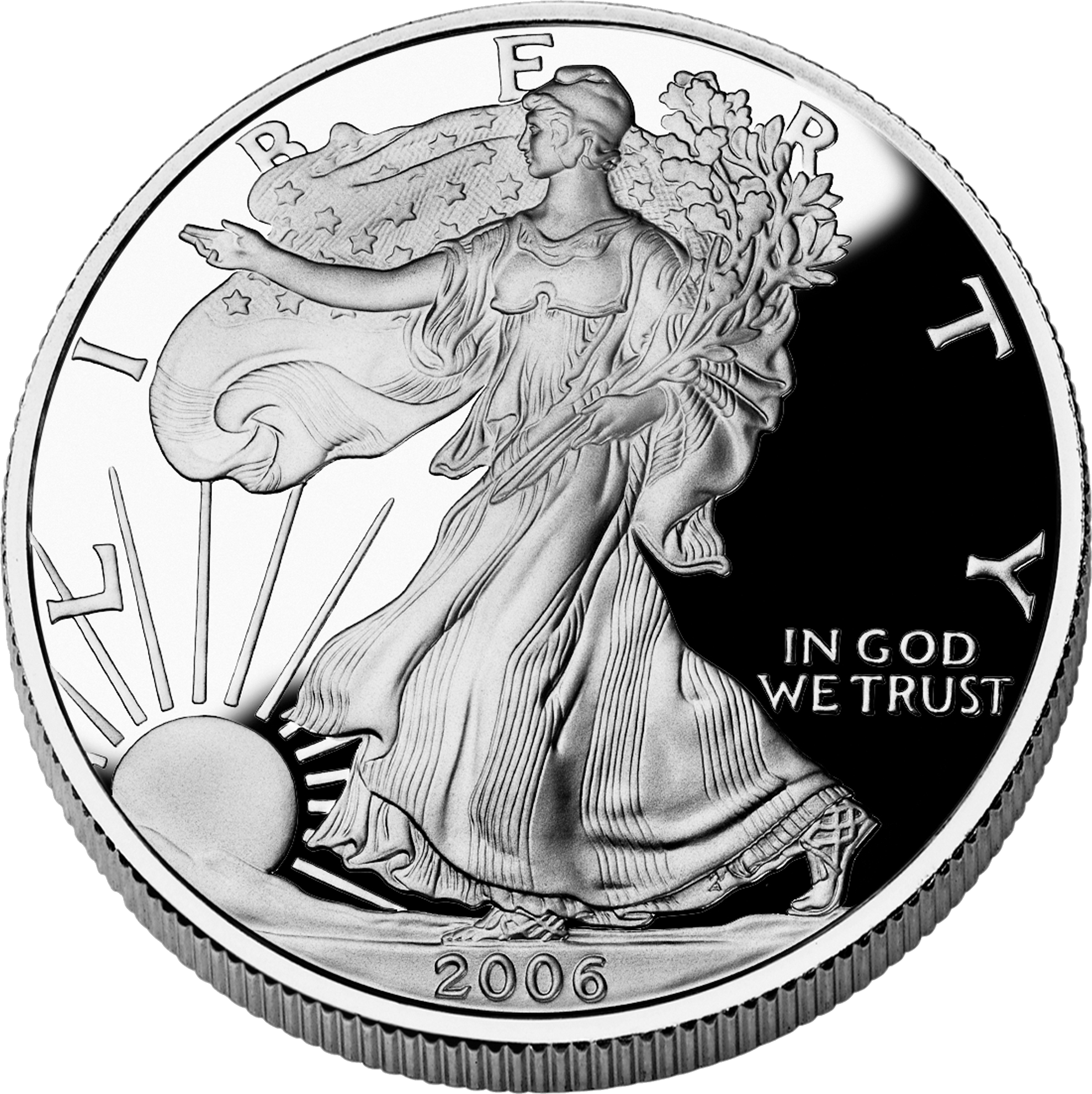Traditionally silver has many industrial uses. In the past silver was a major factor in camera film. The rise of digital cameras and cellphone cameras has essentially made film obsolete, but because silver is used heavily in tech manufacturing, it has filled the void left by film production.

Silver
Silver is used in the production of virtually every electrical appliance in the world. Solar radiation that is converted to electrical power required the use of silver, for both semiconductors and solar panels. Silver is used in the medical profession with its antibacterial properties. It is also now being used in wood preservation, food hygiene, and water purification. Items we use every day such as cell phones, vacuum cleaners, refrigerators, computers, even clothing contain some level of silver.
Gold
Gold, on the other hand, is used primarily in jewelry with very limited industrial uses. Jewelry accounts for over two-thirds of the annual demand for gold. It is very popular in developing countries as a form of holding on to wealth, such as in India with the purchase of gold jewelry and dowries. Medical and dental applications account for 12% of demand.
The limited uses of gold do raise the question of how much is too much? Will people in developing countries continue to invest in gold jewelry if the cost rises to $2000 or $3000 an ounce? If only the very rich can afford to own gold, the demand in the market may fall out and affect its value.
Consumer electronics and solar electricity products will continue to grow in popularity. This is because the silver that is used in their manufacturing is still relatively low in cost. As well there is more silver being extracted from the earth than gold, so the amount of product in the market is not as affected by scarcity. If manufacturers can continue to source silver at a low price, then the affordability of these products will remain viable for much of the world’s consumers, driving competitive pricing and demand.
Financial Stresses
Gold is used as a store of value. Historically gold maintains its value and never loses all of its value. It holds no obligations and has no debts to be paid. Usually, the rise in the price of gold is a result of the decline of world economies, making gold a great stabilizer in your portfolio against declining currencies.
Other precious metals also benefit when fear dominates the economy. The tangibility of metals makes them attractive to investors looking to safeguard their wealth.
What to buy
Choosing how to invest in precious metals is an important question that depends greatly on your investment goals. Discussing the many options with a reputable precious metals dealer such as Birch Gold Group will help you make the best decisions for your investment future.
Bars and Coins
In the past, if you wanted to invest in silver r gold you had to buy physical bars of the metal. Usually, in small flat bars, these were easy enough to store in a home safe or safety deposit box at your bank. People today still purchase bars, but most have moved to minted coins.
Exchange Traded Funds
Exchange-traded funds, or ETFs, began trading in the early 2000’s. These funds are made up of mostly commodities. There are ETF’s for crude oil, natural gas, silver, gold and many other products. ETF’s are traded like any other stock on the market. They have the added benefit of not requiring storage or insurance needed when investing in physical metals.